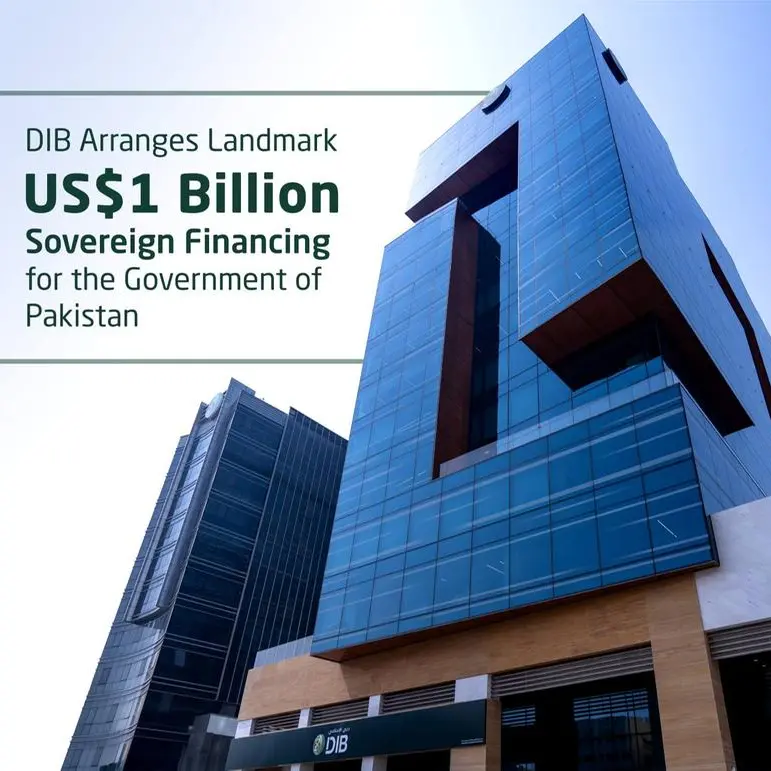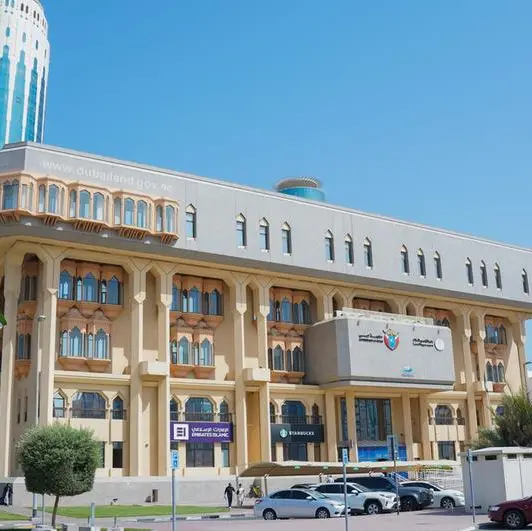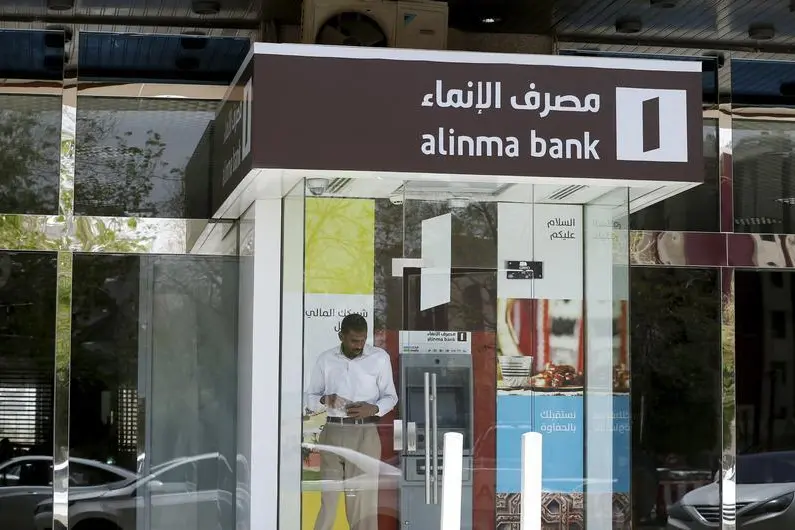03 August 2010
MUSCAT: In what appears to be a landmark long-term strategy that will have far reaching benefits to the people, the government has decided to efficiently and optimally make use of land to support balanced regional growth and thereby achieve social economic development.
The new initiative called Oman National Spatial Strategy (ONSS) a 30-year developmental plan is considered to be a systematic response to the government's intention to promote balanced regional development. To begin with, a study has been commissioned to come up with a developmental plan.
Disclosing the landmark decision exclusively to Times of Oman, Salim bin Mohammed Al Affani, director general, the Supreme Committee for Town Planning (SCTP), said, "The purpose of the study is to provide a framework for land use strategy that will ensure a sustainable socio-economic development at the national and regional levels and to propose specific policies conducive to the implementation of the proposed strategy to achieve the goals set in the vision of the national economy, 'Oman 2020'. That is, continuance of economic growth and diversification, ensure quality of life for Omani citizens through the provision of employment and improved social service and education, and protection of the environment and natural resources. Therefore, the outcomes of the ONSS will represent the road map to achieve the long-term strategy as represented by 'Oman 2020'."
Main components
Al Affani said the main ONSS components include the 'Socio-economic Development Strategy' including review and assessment of all approved sectoral strategies; physical planning and land use based on 'Spatial Distribution Strategy' of population and activities as part of the National Atlas for Land Use; planning systems and planning processes; physical infrastructure and strategic needs, including IT sector; settlements hierarchies and functioning at regional, urban and rural levels; 'Human Resources Development Strategy'; 'Environmental Management Strategy'; 'Data Management System' including the establishment of National GIS Centre and 'Implementation Strategy' including investment programme for the next 30 years.
A specialised international consultant, Consatt, in cooperation with Vienna University of Technology, Austria has been selected to make the full plan and implement it in form of regional plans and legal documents. The responsibility of Consatt lies in the promotion, guidance and control of the socio-economic development throughout the country for the coming 30 years.
Time frame
In its 30-year time frame, ONSS shall provide guidance and directions for all lower level 'hierarchies plans' as well as for the consecutive five-year development plans. The ONSS shall also define the way to improve the planning system and to bring people together in the planning process and to structure and feed their debate on the environmental, social, economic and other related issues of strategic decisions.
The work on preparation of the ONSS is expected to start in September/October this year.
The work plan consists of analysis and assignment of current conditions and identification of development and planning issues, preparation of tender documents for the preparation of Regional Spatial Strategies (RSS), the preparation of regional spatial strategies and the formulation of the National Spatial Strategy (NSS).
According to Gerfried Ramsauer, chairman of Consatt, "Since the beginning of the renaissance the government took care of the elementary needs of the population, provided the basic social and technical infrastructure, built schools, roads, provided electricity to the last village and built a remarkable educational system. Having done this, the government now wants to develop the strategy on how the state will be developed over the next 30 years in spatial terms."
"Develop an environmental management strategy, harmonising and coordinating different spatial land uses and GIS, introducing regulatory and control measures, protecting the environment and the natural resources improving the planning system.
"It shall provide a geographical balance through equitable distribution of development programmes among the regions, promote rural development, achieve a balanced urban growth and promote public-private partnership. It shall also rehabilitate and upgrade the GIS system."
When asked in what way it will be connected with the current Second Long-term Development Strategy, Gerfried says, "The ONSS will adopt the policies and measures of the current development strategy but will lead well beyond 2020."
It may be recalled that the First Long-Term Development Strategy (1975-1995) was to transform the country into a modern state economy and to improve living conditions of all citizens across the country. During that period the country had been able to accomplish significant achievements in all areas and dimensions of the comprehensive development. The Second Long-term Development Strategy was based on the vision for Oman's economy which covers the period from 1996 to 2020. The vision provides the strategic framework that aims at achieving sustainability of the development during the period (1996-2020) through striving to realise economic stability and fiscal balance and introducing substantial changes in the national economic structure to diversify the production base, promote private sector role in the national economy and develop human resources. The Oman National Spatial Strategy "will be a benchmark for the rest of the world as no country in the world has ever done such a study in this extent and comprehensiveness".
But there are several challenges that will be encountered.
Says Gerfried, "The major challenges lie definitely in, one, how to safeguard and preserve immediately the cultural and natural heritage in preventing destruction through private development and public ignorance; two, identify existing and planned public and private developments and incorporate them in a sustainable national strategy (the Duqm Harbour and the railway for example will have a vital impact on the spatial development of Oman), and three, the development of Oman is very much concentrated along the coast between Batinah, Sohar, Muscat Capital area, Yiti, Sur, Duqm and Salalah. The resources of the future (not only for Oman) lie in the desert. One of the development models will emphasise this likely vision."
Work Plan
A steering committee of all concerned government authorities, including Sultan Qaboos University (24 ministries and other government public authorities) will supervise the processes. A Project Management Unit (PMU) and an advisory group of experts, in various fields, will support the SCTP in the analysis and appraisal of all outcomes of the studies.
Preparation of ONSS in four phases
The ONSS work plan comprises four phases. Phase one will be the analysis and assessment of current conditions and will be completed in 10 months. The work load is a comprehensive evaluation of existing situation and identification of general trends of socio-economic development at the national and regional levels; the assessment of available data, its accuracy and adequacy for the purpose of the preparation of ONSS.
Phase two will be finalising tender documents for the preparation of regional spatial strategies (RSS), preparation of the scope of work for individual regional studies and tender documents for RSS to be carried out by sub-consultants under the direct responsibility and supervision of the main consultant.
Phase three will include the preparation of regional spatial strategies.
It will be the responsibility of the sub-consultants.
It focuses on regional studies including assessment of existing conditions, identification of opportunities and constraints and recommendations of strategy options for the long-term development of the region concerned in line with the principles of sustainable development.
The fourth phase will focus on the formulation of the National Spatial Strategy (NSS). Based on the thorough analysis and assessment of the development status and current trends on the national and regional levels, carried out in phases one and three, the main consultant shall formulate the NSS by synthesising all the findings and recommendations of RSS to achieve the intended goals and objectives.
Objectives of National Spatial Strategy
The main objectives of the Oman National Spatial Strategy can be summarised in the following:
Optimise utilisation of land and natural resources by proper allocation of land for development of economic sectors, social and physical infrastructure while protecting the environment including natural and cultural heritage.
Identify the strategic needs of the country in terms of infrastructures and services.
Fostering geographical balance through equitable distribution of development programmes among the various governorates/regions of the Sultanate and utilise the comparative advantages of each governorate/region to sustain intra- and inter-regional integration.
Achieve a balanced urban growth for cities and to promote rural development.
Facilitating the development of various enterprises.
Improve and upgrade the social services and infrastructure in both urban and rural areas.
Achieve integration between planning activities and policies and availing required data for planning purposes and decisions making through the establishment of efficient planning system for the purpose of the proper implementation of the National Spatial Strategy.
Achieve higher levels of participation of national workforce in economic activities.
Establish an integrated system for geographical data and information (GIS) required for planning purposes in various fields.
MUSCAT: In what appears to be a landmark long-term strategy that will have far reaching benefits to the people, the government has decided to efficiently and optimally make use of land to support balanced regional growth and thereby achieve social economic development.
The new initiative called Oman National Spatial Strategy (ONSS) a 30-year developmental plan is considered to be a systematic response to the government's intention to promote balanced regional development. To begin with, a study has been commissioned to come up with a developmental plan.
Disclosing the landmark decision exclusively to Times of Oman, Salim bin Mohammed Al Affani, director general, the Supreme Committee for Town Planning (SCTP), said, "The purpose of the study is to provide a framework for land use strategy that will ensure a sustainable socio-economic development at the national and regional levels and to propose specific policies conducive to the implementation of the proposed strategy to achieve the goals set in the vision of the national economy, 'Oman 2020'. That is, continuance of economic growth and diversification, ensure quality of life for Omani citizens through the provision of employment and improved social service and education, and protection of the environment and natural resources. Therefore, the outcomes of the ONSS will represent the road map to achieve the long-term strategy as represented by 'Oman 2020'."
Main components
Al Affani said the main ONSS components include the 'Socio-economic Development Strategy' including review and assessment of all approved sectoral strategies; physical planning and land use based on 'Spatial Distribution Strategy' of population and activities as part of the National Atlas for Land Use; planning systems and planning processes; physical infrastructure and strategic needs, including IT sector; settlements hierarchies and functioning at regional, urban and rural levels; 'Human Resources Development Strategy'; 'Environmental Management Strategy'; 'Data Management System' including the establishment of National GIS Centre and 'Implementation Strategy' including investment programme for the next 30 years.
A specialised international consultant, Consatt, in cooperation with Vienna University of Technology, Austria has been selected to make the full plan and implement it in form of regional plans and legal documents. The responsibility of Consatt lies in the promotion, guidance and control of the socio-economic development throughout the country for the coming 30 years.
Time frame
In its 30-year time frame, ONSS shall provide guidance and directions for all lower level 'hierarchies plans' as well as for the consecutive five-year development plans. The ONSS shall also define the way to improve the planning system and to bring people together in the planning process and to structure and feed their debate on the environmental, social, economic and other related issues of strategic decisions.
The work on preparation of the ONSS is expected to start in September/October this year.
The work plan consists of analysis and assignment of current conditions and identification of development and planning issues, preparation of tender documents for the preparation of Regional Spatial Strategies (RSS), the preparation of regional spatial strategies and the formulation of the National Spatial Strategy (NSS).
According to Gerfried Ramsauer, chairman of Consatt, "Since the beginning of the renaissance the government took care of the elementary needs of the population, provided the basic social and technical infrastructure, built schools, roads, provided electricity to the last village and built a remarkable educational system. Having done this, the government now wants to develop the strategy on how the state will be developed over the next 30 years in spatial terms."
"Develop an environmental management strategy, harmonising and coordinating different spatial land uses and GIS, introducing regulatory and control measures, protecting the environment and the natural resources improving the planning system.
"It shall provide a geographical balance through equitable distribution of development programmes among the regions, promote rural development, achieve a balanced urban growth and promote public-private partnership. It shall also rehabilitate and upgrade the GIS system."
When asked in what way it will be connected with the current Second Long-term Development Strategy, Gerfried says, "The ONSS will adopt the policies and measures of the current development strategy but will lead well beyond 2020."
It may be recalled that the First Long-Term Development Strategy (1975-1995) was to transform the country into a modern state economy and to improve living conditions of all citizens across the country. During that period the country had been able to accomplish significant achievements in all areas and dimensions of the comprehensive development. The Second Long-term Development Strategy was based on the vision for Oman's economy which covers the period from 1996 to 2020. The vision provides the strategic framework that aims at achieving sustainability of the development during the period (1996-2020) through striving to realise economic stability and fiscal balance and introducing substantial changes in the national economic structure to diversify the production base, promote private sector role in the national economy and develop human resources. The Oman National Spatial Strategy "will be a benchmark for the rest of the world as no country in the world has ever done such a study in this extent and comprehensiveness".
But there are several challenges that will be encountered.
Says Gerfried, "The major challenges lie definitely in, one, how to safeguard and preserve immediately the cultural and natural heritage in preventing destruction through private development and public ignorance; two, identify existing and planned public and private developments and incorporate them in a sustainable national strategy (the Duqm Harbour and the railway for example will have a vital impact on the spatial development of Oman), and three, the development of Oman is very much concentrated along the coast between Batinah, Sohar, Muscat Capital area, Yiti, Sur, Duqm and Salalah. The resources of the future (not only for Oman) lie in the desert. One of the development models will emphasise this likely vision."
Work Plan
A steering committee of all concerned government authorities, including Sultan Qaboos University (24 ministries and other government public authorities) will supervise the processes. A Project Management Unit (PMU) and an advisory group of experts, in various fields, will support the SCTP in the analysis and appraisal of all outcomes of the studies.
Preparation of ONSS in four phases
The ONSS work plan comprises four phases. Phase one will be the analysis and assessment of current conditions and will be completed in 10 months. The work load is a comprehensive evaluation of existing situation and identification of general trends of socio-economic development at the national and regional levels; the assessment of available data, its accuracy and adequacy for the purpose of the preparation of ONSS.
Phase two will be finalising tender documents for the preparation of regional spatial strategies (RSS), preparation of the scope of work for individual regional studies and tender documents for RSS to be carried out by sub-consultants under the direct responsibility and supervision of the main consultant.
Phase three will include the preparation of regional spatial strategies.
It will be the responsibility of the sub-consultants.
It focuses on regional studies including assessment of existing conditions, identification of opportunities and constraints and recommendations of strategy options for the long-term development of the region concerned in line with the principles of sustainable development.
The fourth phase will focus on the formulation of the National Spatial Strategy (NSS). Based on the thorough analysis and assessment of the development status and current trends on the national and regional levels, carried out in phases one and three, the main consultant shall formulate the NSS by synthesising all the findings and recommendations of RSS to achieve the intended goals and objectives.
Objectives of National Spatial Strategy
The main objectives of the Oman National Spatial Strategy can be summarised in the following:
Optimise utilisation of land and natural resources by proper allocation of land for development of economic sectors, social and physical infrastructure while protecting the environment including natural and cultural heritage.
Identify the strategic needs of the country in terms of infrastructures and services.
Fostering geographical balance through equitable distribution of development programmes among the various governorates/regions of the Sultanate and utilise the comparative advantages of each governorate/region to sustain intra- and inter-regional integration.
Achieve a balanced urban growth for cities and to promote rural development.
Facilitating the development of various enterprises.
Improve and upgrade the social services and infrastructure in both urban and rural areas.
Achieve integration between planning activities and policies and availing required data for planning purposes and decisions making through the establishment of efficient planning system for the purpose of the proper implementation of the National Spatial Strategy.
Achieve higher levels of participation of national workforce in economic activities.
Establish an integrated system for geographical data and information (GIS) required for planning purposes in various fields.
By Aftab Kola
© Times of Oman 2010




















